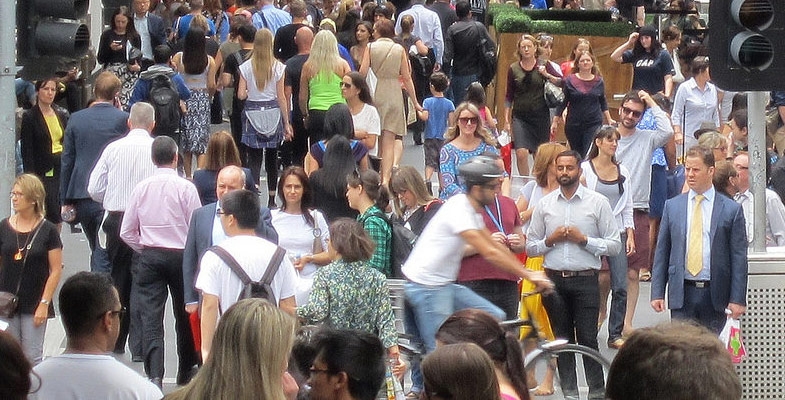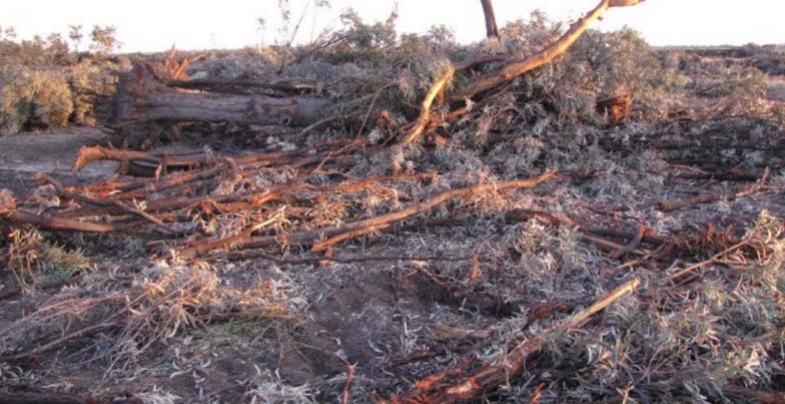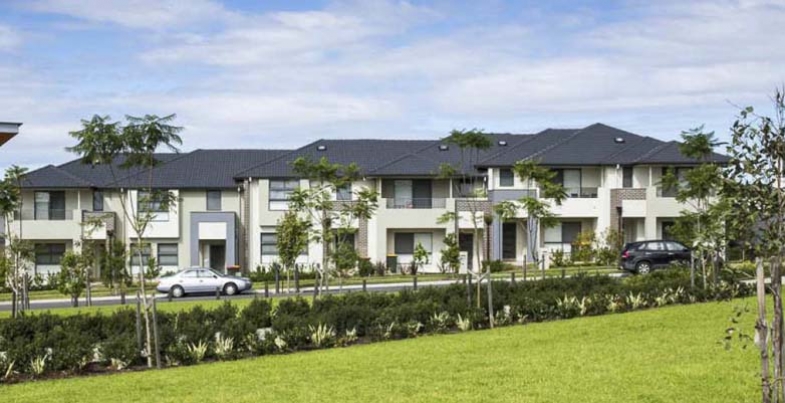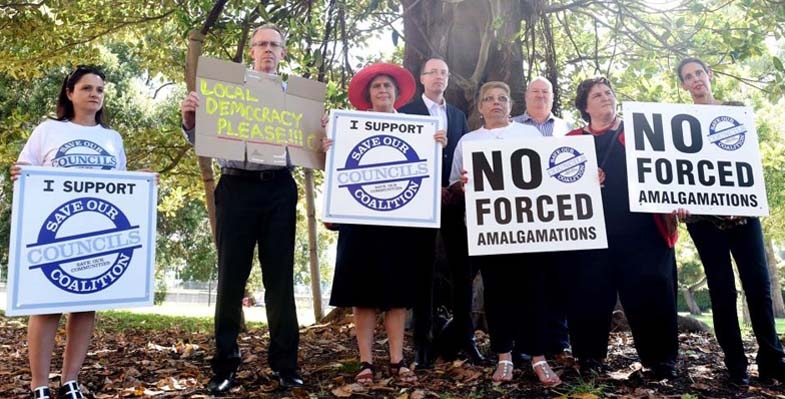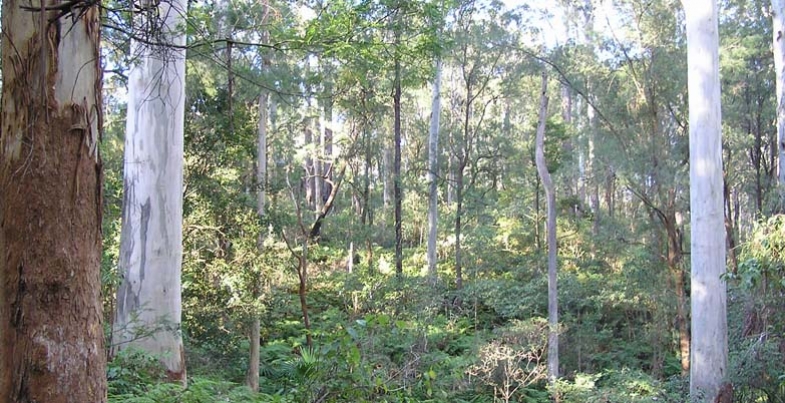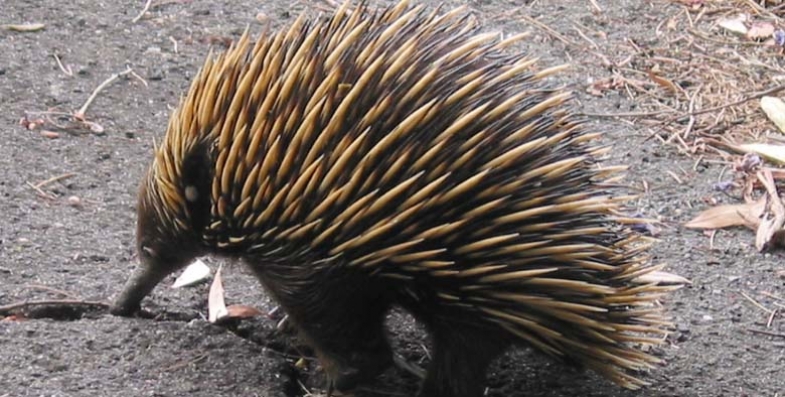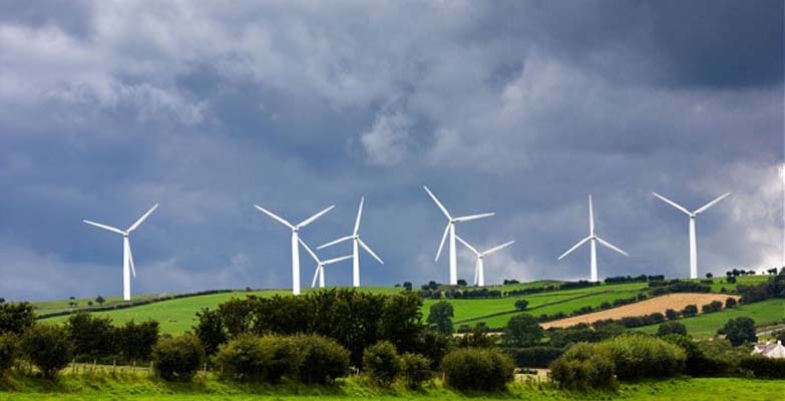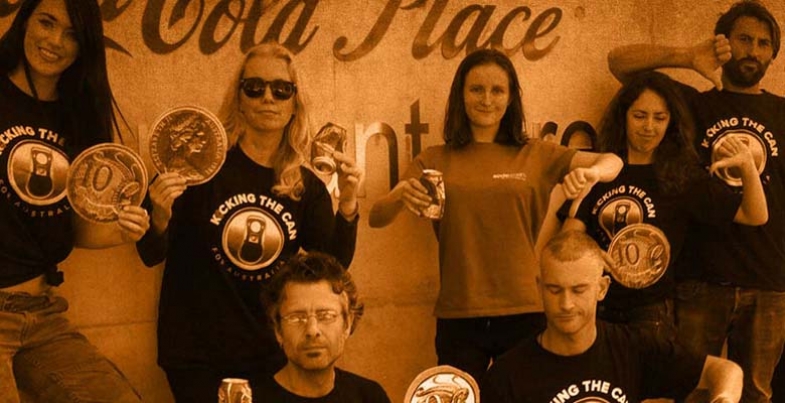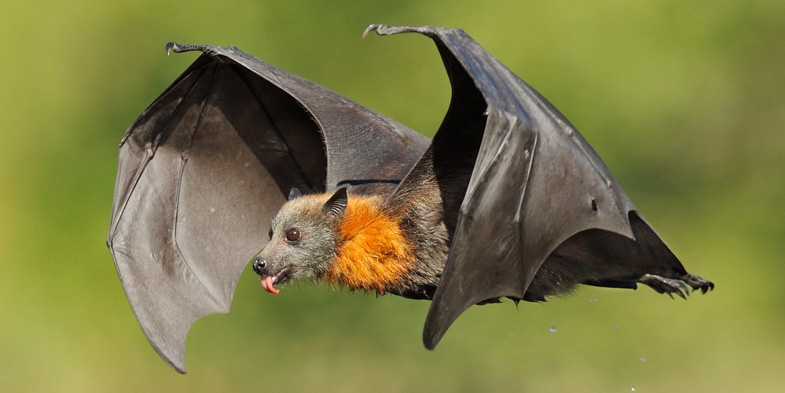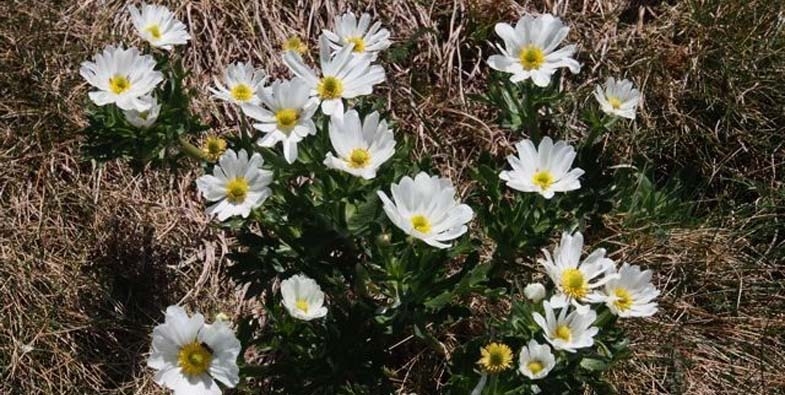STEP Matters 184
Issues of Major Concern for NSW
The population of the Sydney metropolitan area is estimated to grow by 1.6 million people by 2031. According to the NSW Government, Sydney will need 664,000 additional dwellings by 2031. This dramatic expansion is being driven by the Australian Government’s insane promotion of high immigration in pursuit of its unsustainable growth agenda. The NSW Government’s response is A Plan for Growing Sydney.
Biodiversity Laws to be Rewritten
In STEP Matters, Issue 183, p4 (Concern about Changes to Biodiversity Laws) we explained the reasons for concerns about the NSW Government’s plans to rewrite the biodiversity laws. The new legislation is due to be released in March 2016 and the indications are that protections will be significantly weakened.
Expansion of Medium Density Housing
In the past, councils expended significant funds in formulating local environment plans with zoning locations appropriate for different areas. The particular zoning and its extent took into account the immediate and cumulative effects on local infrastructure, services, traffic, street car parking, social services and amenities. The matching development control plans gave consideration to the local character of the area, including streetscape, topography, shared views, and soils.
It now seems that the NSW Government is trying to overwrite these local powers by proposing a major expansion of medium density housing into low density housing areas. Details are provided in a discussion paper released in November 2015 called Options for Low Rise Medium Density Housing as Complying Development.
Forced Council Amalgamations
After promising that amalgamation would not be forced onto residents, the NSW Government is pressing ahead by moving the goal posts. Initially local councils needed to demonstrate to IPART that they were fit for the future. Then after the majority of councils did prove their financial fitness the Government imposed a minimum scale and capacity (population size) as the requirement.
Climate Change Implications for Local Bushland
The Ku-ring-gai Bushcare Association is an unincorporated organisation that is supported by Ku-ring-gai Council which supports the Bushcare volunteer program and holds regular educational events. The committee comprises elected volunteers and Council employees.
Paris Climate Change Agreement
The Paris climate change talks in December 2015 produced an agreement hailed as 'historic, durable and ambitious'. Developed and developing countries alike are required to limit their emissions to achieve an objective of limiting average global temperature increases to 2°C with an aspiration of 1.5°C.
Hornsby Quarry Diatreme
In November last year STEP held a talk by Dr Ian Percival on the unique volcanic diatreme that has been exposed in the Hornsby Quarry. The Geological Society of Australia and STEP made submissions to the Roads and Maritime Services about the project to use the quarry void to dispose of spoil from the NorthConnex tunnel. But while it appears that the upper two levels of the quarry will escape burial, so far we have seen little reference in any document to the enormous importance of this site as a scientific and educational tool.
Prickly but Friendly Close Encounter
STEP committee member, Andrew Little, happened across an Echidna searching for ants in a driveway in Roseville Chase. It was a concern that he had open shoes without socks at the time and so stood perfectly still. He describes the experience.
We can Achieve Sustainability – but not without Limiting Growth
Mark Diesendorf, UNSW Australia
Can Australians be sustainable and enjoy endless economic growth? It’s not likely.
Beverage Container Deposit Legislation
The Boomerang Alliance, a coalition of groups led by the Total Environment Centre, has been campaigning for more than ten years for the introduction of a drink container deposit scheme to reduce the appalling level of litter, especially along our waterways and highways.
Hard Times for Flying-foxes in Sydney
Out thanks to the Ku-ring-gai Bat Conservation Society for permission to publish this article that was originally published in Friends of Bats newsletter in December 2015. It is written by Tim Pearson, a wildlife ecologist who is researching flying-fox communication for his PhD at Macquarie University.
Late Spring in the Snowies
Two members of the STEP committee visited the Snowy Mountains in recent months. John Martyn saw plenty of flowers in late-spring but my experience in mid-January was that most of the flowering had finished. Traditionally January and February have been peak season for flowers. More evidence of climate change? John’s perspective on his visit follows.

